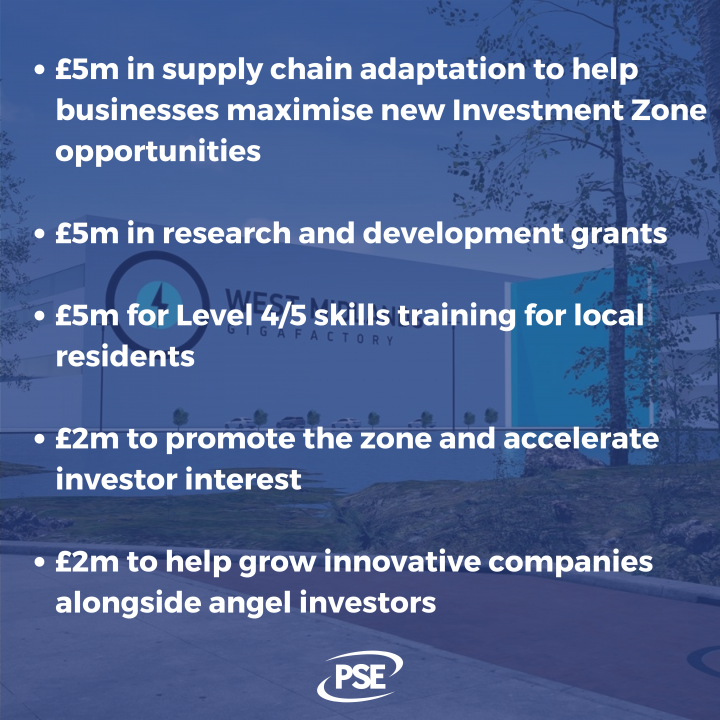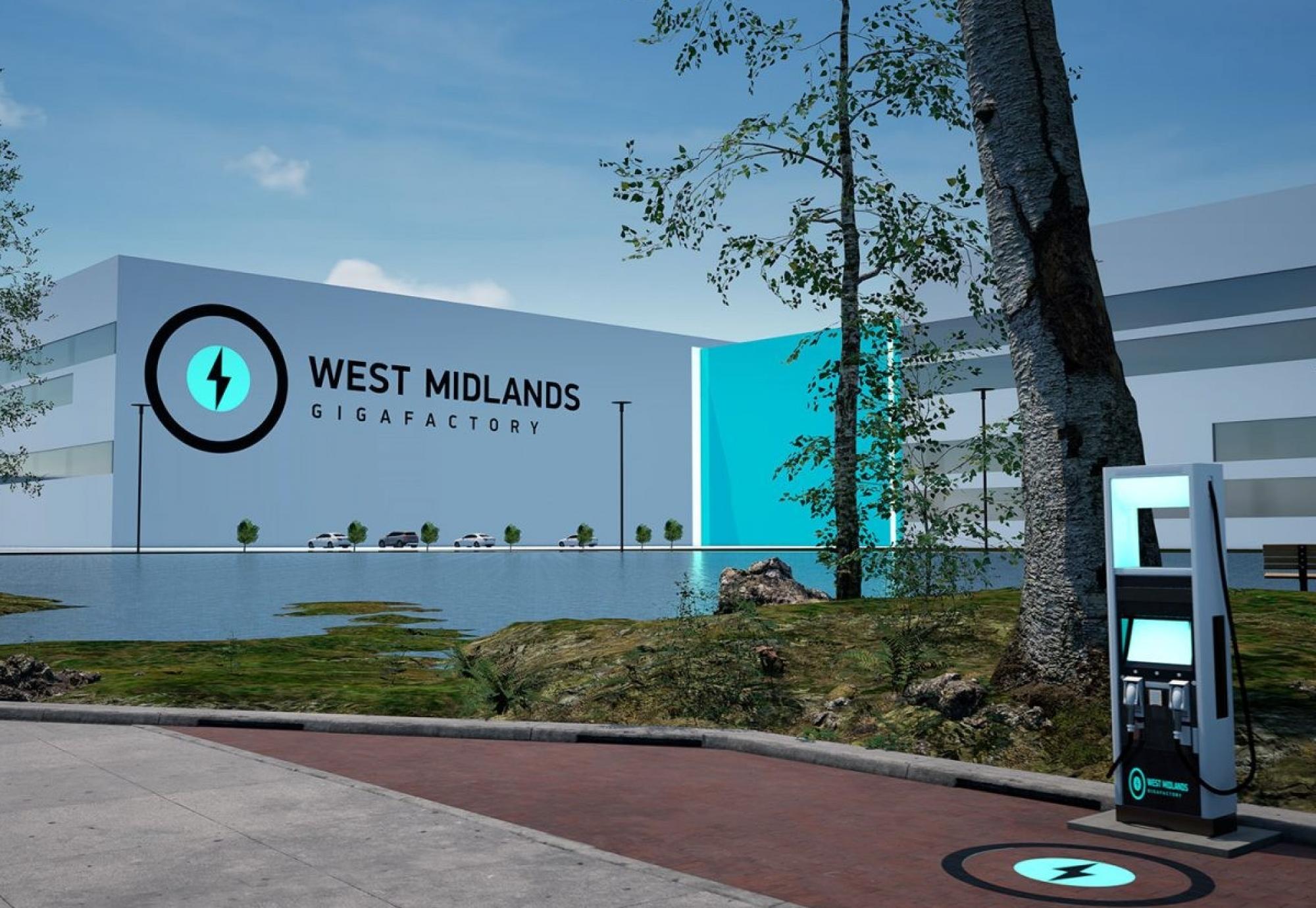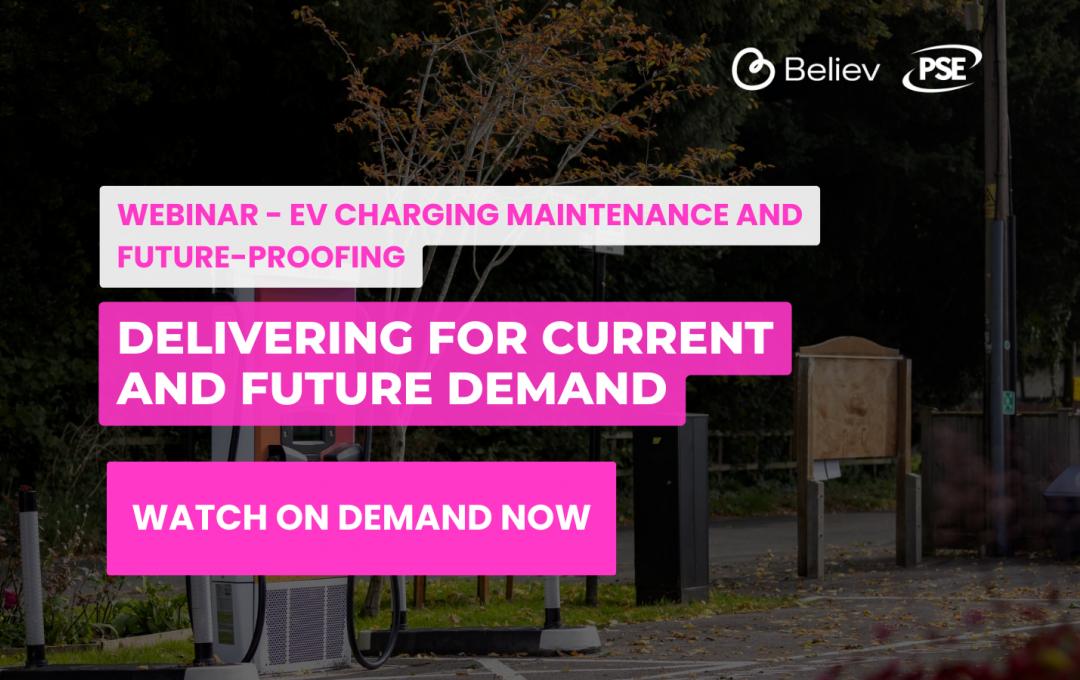A detailed plan to deliver a West Midlands Investment Zone capable of attracting more than £5.5 billion in private investment and creating over 30,000 jobs has been approved.
The West Midlands Combined Authority (WMCA) Board agreed a delivery plan combining tax incentives, direct funding and business rate retention, with a view to driving growth in manufacturing, green industries, health tech and underlying digital technologies.
The Investment Zone will cover the whole of the West Midlands, but will be powered by three specific sites with bespoke funding and incentives for businesses to relocate there.
The sites are:
- The Coventry-Warwick Gigapark. Anchored by a new battery gigafactory, the site will get tax incentives and £23 million in investment for infrastructure and connection to power grids.
- The Birmingham Knowledge Quarter. The Quarter will offer tax incentives and business rate retention, as well as investment in public realm works and travel infrastructure.
- The Wolverhampton Green Innovation Corridor. Through a partnership between the city council and the university, the area will create new green industries and skills with investment in land remediation and key infrastructure.
Laura Shoaf, WMCA chief executive, said: “The Investment Zone is already attracting significant private sector investment and following the deployment of this delivery plan will have the potential to attract billions of pounds more as well as tens of thousands of new jobs.
“Those jobs are key because this investment zone needs to be as much about people as it is about business.”
The plan has received considerable support from the region’s public, private and university sectors.
Around £1.5 billion of business rates could be retained over the zone’s 25-year lifespan, which can be reinvested into the region. This reinvestment would also support a programme of business support and skills, including:

The zone could initially attract more than £2 billion of new investment into the regional economy and around £3.5 billion in further investment across its lifetime. According to this projection, there would also be around 30,000 new jobs in the region by 2034.
The delivery plan will now be submitted to the Department for Levelling Up, Housing and Communities (DLUHC), where it will await final agreement and the release of funding.
Image credit: Greenpower Park



















